Select an Orthopaedic Specialty and Learn More
Use our specialty filter and search function to find information about specific orthopaedic conditions, treatments, anatomy, and more, quickly and easily.
GET THE HURT! APP FOR FREE INJURY ADVICE IN MINUTES
Shoreline Orthopaedics and the HURT! app have partnered to give you virtual access to a network of orthopaedic specialists, ready to offer guidance for injuries and ongoing bone or joint problems, 24/7/365.
Browse Specialties
-
- Minimally Invasive Surgery (Arthroscopy)
Arthroscopy (Minimally Invasive Surgery)
Arthroscopy is a minimally invasive surgical procedure used by orthopaedic surgeons to visualize, diagnose, and treat problems inside the joint. Because it requires only tiny incisions, arthroscopy can be performed without a major, invasive operation and many procedures can be done on an outpatient basis.
More Info -
- Foot & Ankle
- Joint Disorders
- Podiatry
Bunions
A bunion is a bump on the MTP joint, on the inner border of the foot. Bunions are made of bone and soft tissue, covered by skin that may be red and tender. Prolonged wearing of poorly fitting shoes is by far the most common cause of bunions, especially styles that feature a narrow, pointed toe box that squeezes the toes into an unnatural position. Bunions also have a strong genetic component.
More Info -
- Hand & Wrist
De Quervain’s Tendinitis
De Quervain’s tendinitis occurs when the tendons around the base of the thumb become irritated or swollen, causing the synovium around the tendon to swell and changing the shape of the compartment, which makes it difficult for the tendons to move properly.
More Info -
- Hip
- Joint Disorders
- Physical Medicine & Rehabilitation (PM&R)
- Sports Medicine
Femoral Acetabular Impingement (FAI) & Labral Tear of the Hip
When bones of the hip are abnormally shaped and do not fit together perfectly, the hip bones may rub against each other and cause damage to the joint. The resulting condition is femoroacetabular impingement (FAI), which is frequently seen along with a tear of the labrum.
More Info -
- Fractures, Sprains & Strains
- Hand & Wrist
Hand Fracture
A fracture of the hand can occur in either the small bones of the fingers (phalanges) or in the long bones (metacarpals). Symptoms of a broken bone in the hand include: pain; swelling; tenderness; an appearance of deformity; inability to move a finger; shortened finger; a finger crossing over its neighbor when you make a fist; or a depressed knuckle, which is often seen in a “boxer’s fracture.”
More Info -
- Fractures, Sprains & Strains
- Muscle Disorders
- Neck and Back (Spine)
Lumbar Back Strain
A lumbar strain is an injury to the tendons and/or muscles of the lower back, ranging from simple stretching injuries to partial or complete tears in the muscle/tendon combination. These tears cause inflammation in the surrounding area, resulting in painful back spasms and difficulty moving. An acute lumber strain is one that has been present for days or weeks. If it has persisted for longer than 3 months, it is considered chronic.
More Info -
- Minimally Invasive Surgery (Arthroscopy)
- Shoulder
- Sports Medicine
Rotator Cuff Tear & Arthroscopic Repair
When one or more of the rotator cuff tendons is torn, the tendon no longer fully attaches to the head of the humerus. As damage progresses, lifting a heavy object or other similar action can result in a complete tear of the tendon. A torn rotator cuff weakens the shoulder, making it painful and difficult to perform simple daily activities such as getting dressed or combing your hair.
More Info -
- Foot & Ankle
- Pediatric Injuries
- Sports Medicine
Sever’s Disease
Sever’s disease (also known as osteochondrosis or apophysitis) is an inflammatory condition of the growth plate in the heel bone (calcaneus). One of most common causes of heel pain in children, Sever’s Disease often occurs during adolescence when children hit a growth spurt.
More Info








